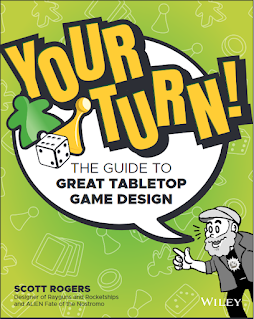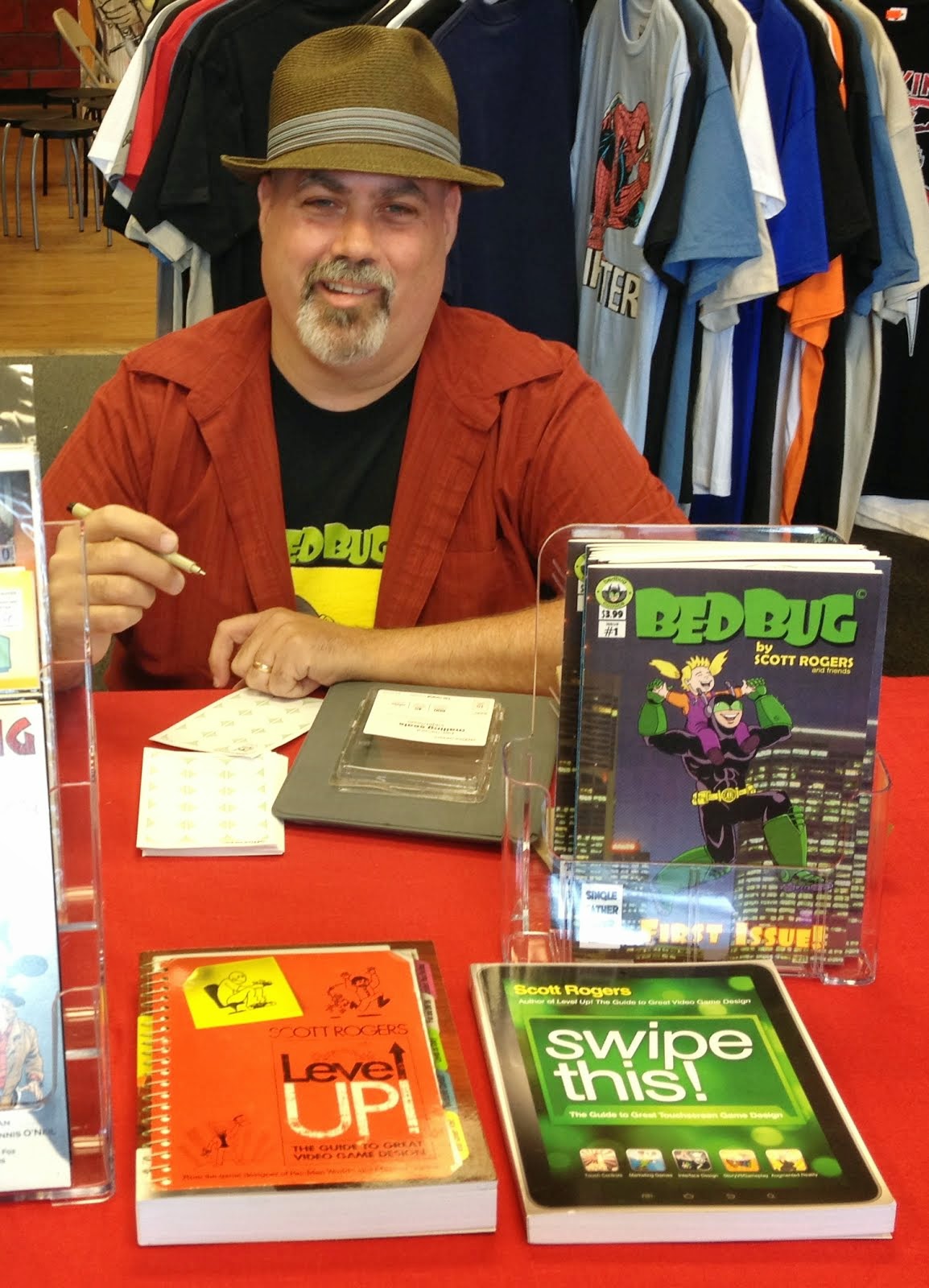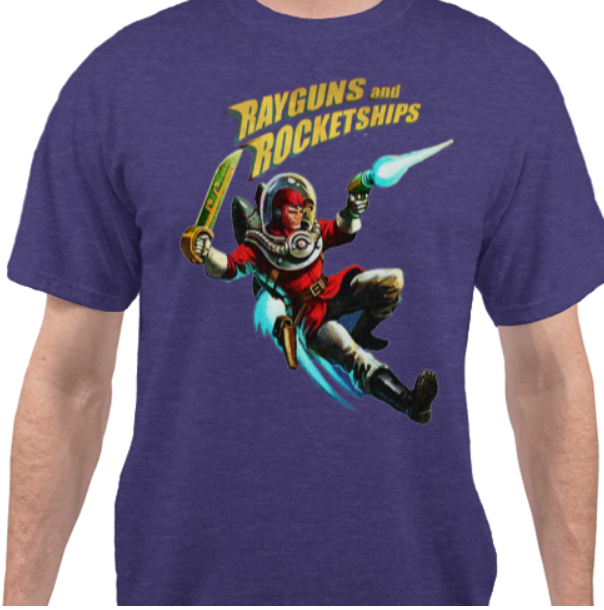I've been continuing my investigating into which games work best for Zoom and other video conferencing systems. My friend Fletcher, who has been experimenting with OBS (Open Broadcasting Software*) came up with a set of guidelines for types of games that would work:
- have small footprints
- limited to no hidden information between players (unless players are willing to play with open hands)
- aren't super fiddly- don't require players to pay a large amount of attention to other players personal spaces or tableaus.
Good advice, Fletcher! So taking this into account, I've expanded my list to several more games that could work well, depending on your set-up. Games that require a moderator to run the game and manipulate the components are marked with an *. Games that are best played with 2 more or copies of the game (with each player possessing a game at their location) are marked with an #.
I've divided the list into three categories depending on your camera set-up.
- Games that work well with just out-of-the box Zoom and a single computer (built-in) camera. Keep in mind that while Zoom can support many viewers, (up to around 300 or so) but you cannot see more than 42 of them on
screen at one time. I would avoid playing with groups larger than that.
- Games that work well with a "duel camera" or a "roving camera" set-up (Personally, I use my computer's camera as well as a Sony Eye-Toy from my PS3 in the USB port - you can find an inexpensive driver here: https://codelaboratories.com/products/eye/driver/). With this set-up, you can switch between the computer and the more portable Eye-Toy.
- A dedicated multi-came a set-up. This requires more than one computer to run a dedicated system and camera. IMHO, this is the best way to go as you can look at the board, different components and cards and even the face of the player... As Ferris Bueller says, "if you have the means, I highly recommend it."
SINGLE CAMERA
Battleship #
Bingo*
Charades
Celebrities
Dungeons and Dragons* (and pretty much almost any other RPG) (players will need dice and a character sheet)
Escape from the Aliens in Outer Space#
Game of Phones*
Hangman*
Mafia*
Pictionary (requires use Zoom's whiteboard function)
Reverse Charades (requires use of private chat function)
Say What (requires use of private chat function)
Taboo (requires use of private chat function)
The Game of Things*
Think 'N Sync*
Trivial Pursuit*
Werewolf* (requires use of private chat function)
DUEL-CAMERA
Chess #
Diplomacy #
Dixit*
Fearsome Floors*
Karuba*#
Mysterium*
Nuclear Destruction#
Railway Rivals*#
Red Dragon Inn
Sherlock Holmes Consulting Detective*
Survive: Escape from Atlantis*
Tak*#
Villainous
Wits and Wagers*
MULTI-CAMERA
Dead of Winter*
Kingdom Death: Monster*
Rise of Tribes*
Wallenstein*#
More games will be added to this list as I go. Stay tuned!

























